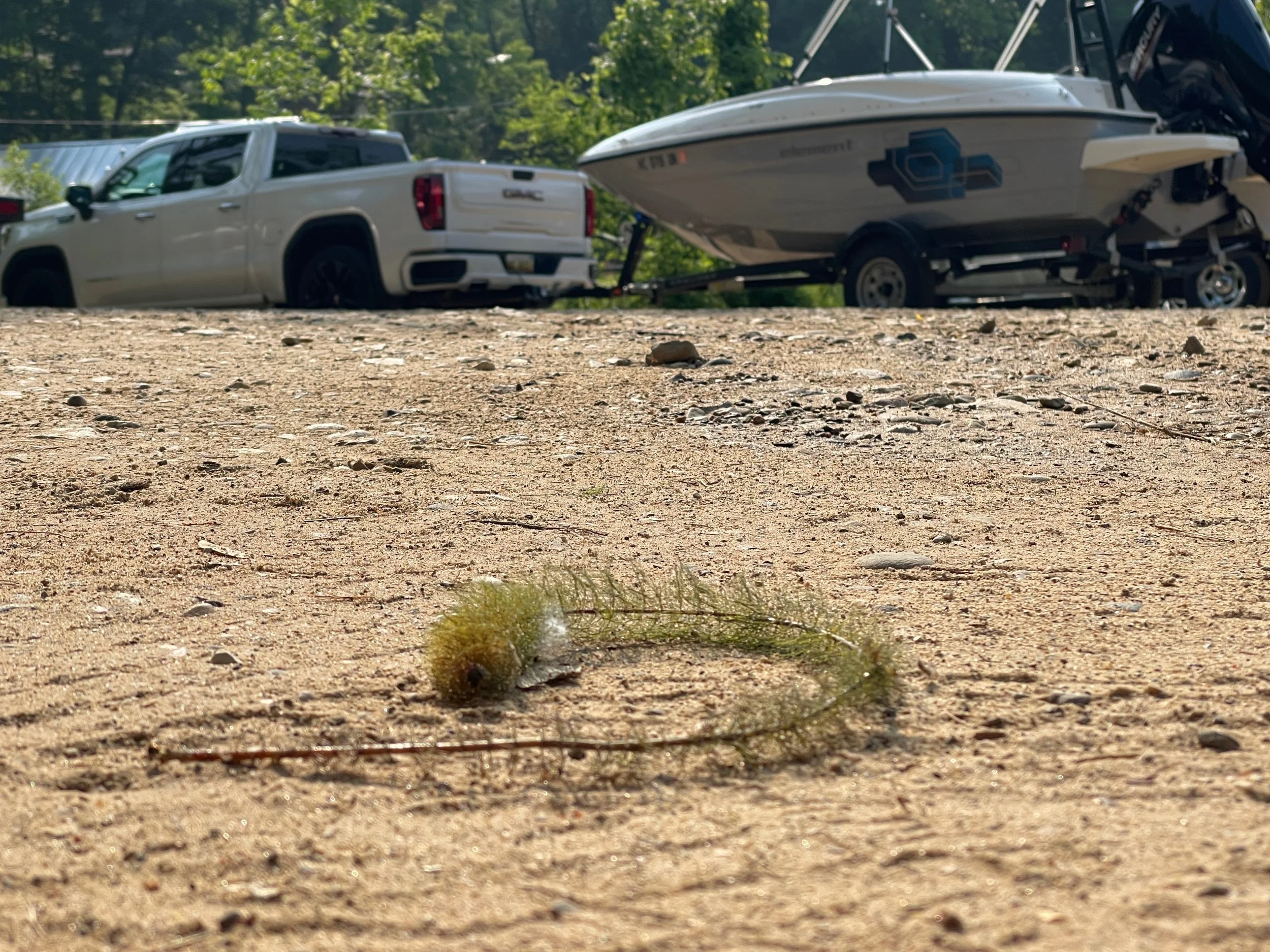Clean, Drain, and Dry Those Boats to Keep Our Waters Healthy
Written by SW x SW Corner CISMA
Michiganders love to play on the water during the summer time. Be it on the Big Lake, one of our many rivers, or a pristine inland lake, boating and fishing are a favorite way to spend those sunny summer days. But when heading out, or heading home, it’s important to remember a quick Four step process to keep our lakes clean.
Invasive plants and animals, like Eurasian watermilfoil or zebra mussels, can hitch a ride from one lake to the next on boats, paddles, rods, and toys. These invaders can quickly grow in lakes, pushing out native species, hurting fish habitat, and sometimes even making the area unusable to people, lowering property values. Many of these invasive plants can reproduce from broken pieces of the leaves or stems, meaning even a broken piece on a boat propeller could create a new invasion. In order to keep them off your boat and out of our lakes remember: Clean, Drain, Dry, and Dump!
Clean: Clean off any visible plant parts at the launch, and dispose of them in the trash or upland of the launch. It’s illegal in Michigan to transport any plants on your boats! If available, use a boat wash at the area to power wash what you can off of your boat and other gear. This goes for kayaks, canoes, and waders, too! When you get home, it’s best to either take a boat through a car wash, or wash it in the driveway before heading to your next destination.
Drain: Drain all live wells and bilges before heading out. Fish diseases and young mussels can both lurk in water undetected and be moved to a new body along with the boat. Again, this goes for small, motor-less watercraft too. Never transport water with your boat!
Dry: The best bet is to let a boat dry for 5 days before moving it to another lake. This is because the microscopic young of invasive mussels can live in a single drop of water as long as it stays wet. Always make sure that boats, and trailers, have been dried completely before launching, including hard to reach places.
Dump: Any unused bait, whether its worms, minnows, crayfish, or crickets, should be dumped into a trash can. Releasing live animals into the wild is a common way for invasive species like Asian carp or red swamp crayfish to spread, which can ruin your favorite fishing spot.
For more information on invasive species in our area and how better to protect our land and waters please contact your local Conservation Districts or Alex Florian, CISMA Coordinator at InvasivesED@VanBurenCD.org.

